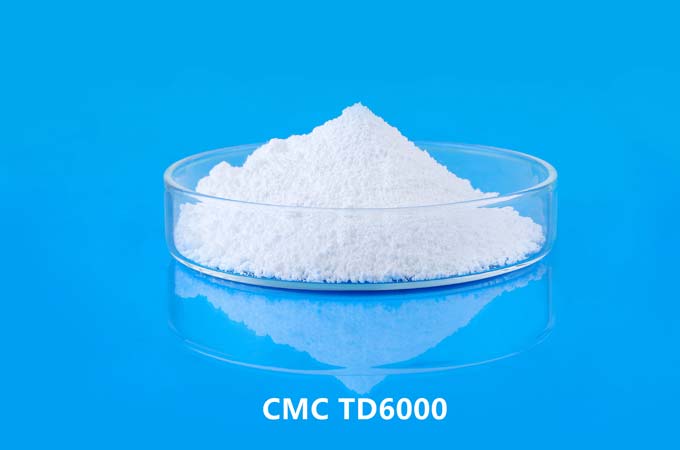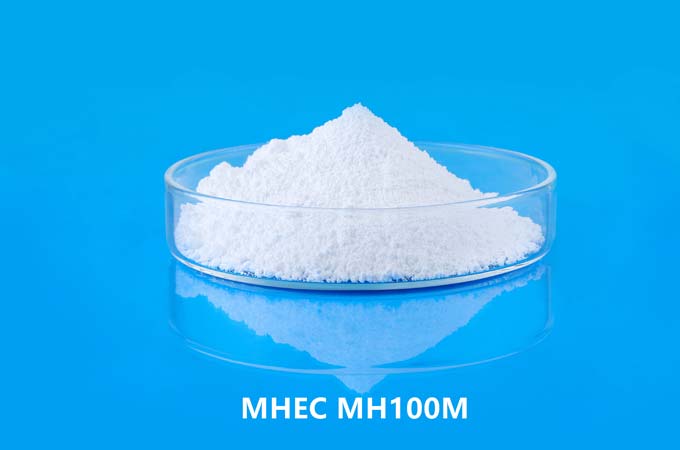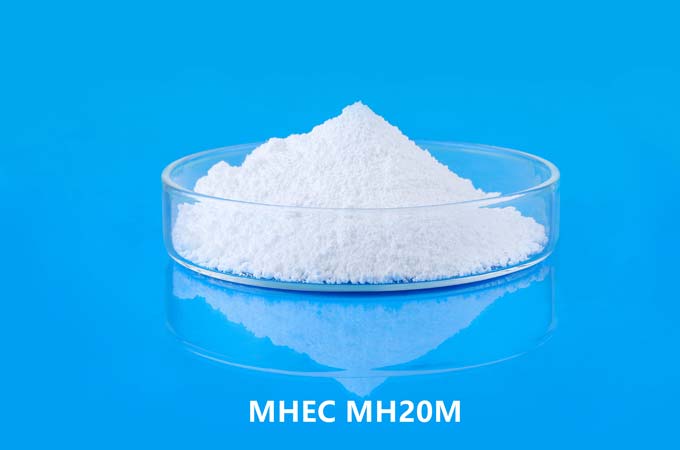Microcrystalline cellulose (MCC) is a versatile and widely used ingredient in various industries, including pharmaceuticals, food, cosmetics, and more. This polysaccharide-based material is derived from cellulose, which is the most abundant organic polymer on Earth, found in the cell walls of plants. MCC has gained popularity due to its unique properties and diverse applications.
Structure of Microcrystalline Cellulose:
Microcrystalline cellulose is composed of small, crystalline particles of cellulose, typically with a diameter ranging from 5 to 30 micrometers. These particles are obtained through the controlled hydrolysis of cellulose, followed by mechanical processing. The result is a white, odorless, tasteless powder with excellent flow properties.
The molecular structure of microcrystalline cellulose resembles that of native cellulose, consisting of repeating glucose units linked by β-1,4-glycosidic bonds. However, the processing of MCC results in shorter cellulose chains and a higher degree of crystallinity compared to native cellulose.
Production of Microcrystalline Cellulose:
The production of microcrystalline cellulose typically involves several steps:
Purification: Cellulose is extracted from a natural source, such as wood pulp or cotton linters. The cellulose is then purified to remove impurities like lignin, hemicellulose, and other non-cellulosic components.
Hydrolysis: Purified cellulose is subjected to acid hydrolysis or enzymatic hydrolysis to break down the cellulose chains into smaller crystalline particles. Acid hydrolysis involves the use of mineral acids like sulfuric acid, while enzymatic hydrolysis employs cellulase enzymes.
Neutralization and Washing: After hydrolysis, the reaction mixture is neutralized to stop the hydrolytic process. The resulting microcrystalline cellulose is washed to remove any remaining acid or enzyme residues.
Drying and Milling: The wet microcrystalline cellulose is then dried to remove moisture, resulting in a fine powder. This powder is further processed through milling to achieve the desired particle size distribution.
Properties of Microcrystalline Cellulose:
Microcrystalline cellulose exhibits several key properties that make it valuable in various applications:
High Purity: Cellulose MCC is typically highly purified, with minimal levels of impurities, making it suitable for use in pharmaceutical and food applications.
Excellent Compressibility: MCC has excellent compressibility, making it ideal for use as a binder and filler in tablet formulations. It helps improve the mechanical strength of tablets and facilitates their disintegration and dissolution.
Good Flowability: MCC has excellent flow properties, which is crucial for uniform blending with other ingredients in pharmaceutical and food formulations. It ensures consistent product quality and dosage uniformity.
Inertness: Microcrystalline cellulose is chemically inert and does not react with most substances, making it compatible with a wide range of active ingredients and excipients.
Low Moisture Content: MCC has low moisture content, which contributes to its stability and shelf-life in various formulations.
High Surface Area: The high surface area of MCC particles enhances their adsorption capacity, making it useful in applications such as filtration and purification processes.
Applications of Microcrystalline Cellulose:
Microcrystalline cellulose finds numerous applications across various industries:
Pharmaceuticals: MCC, such as microcrystalline cellulose PH102 is widely used as a binder, diluent, disintegrant, and lubricant in tablet formulations. It helps improve the physical and mechanical properties of tablets, ensuring dose accuracy and drug release.
Food and Beverage: MCC is used as a bulking agent, anti-caking agent, stabilizer, and texturizer in food and beverage products. It is commonly found in low-calorie foods, bakery products, sauces, dressings, and dietary supplements.
Cosmetics and Personal Care: MCC is used in cosmetic and personal care products as a thickener, stabilizer, and emulsifier. It helps improve the texture, consistency, and stability of creams, lotions, gels, and other formulations.
Paints and Coatings: MCC is used as a rheology modifier and thickening agent in paints, coatings, and adhesives. It helps control viscosity, prevent sagging, and enhance the application properties of these products.
Industrial Applications: MCC is used in various industrial applications, including filtration, chromatography, and as a carrier or filler in composite materials.
Benefits of Microcrystalline Cellulose:
Versatility: MCC is a versatile ingredient with a wide range of applications across different industries, providing manufacturers with flexibility in product formulation.
Improved Product Performance: MCC enhances the physical and mechanical properties of formulations, resulting in improved product performance, stability, and shelf-life.
Cost-Effectiveness: MCC is cost-effective compared to other excipients and additives, making it an attractive choice for formulators seeking to optimize production costs.
Regulatory Compliance: MCC meets regulatory standards for safety, quality, and purity, making it suitable for use in pharmaceutical and food products with stringent regulatory requirements.
Sustainability: MCC is derived from renewable sources like wood pulp and cotton linters, making it environmentally friendly compared to synthetic alternatives.
Risks and Considerations:
While microcrystalline cellulose is generally regarded as safe for use in various applications, there are some considerations to keep in mind:
Allergies: Individuals with allergies to cellulose or its derivatives should exercise caution when using products containing microcrystalline cellulose.
Digestive Issues: In some cases, excessive consumption of microcrystalline cellulose may lead to digestive issues such as bloating, gas, or diarrhea, especially in individuals with sensitive digestive systems.
Particle Size: The particle size distribution of microcrystalline cellulose may affect its performance in specific applications, so it's essential to select the appropriate grade based on the desired characteristics of the final product.
Potential Contaminants: While MCC is highly purified during manufacturing, there is a possibility of trace contaminants, such as residual acids or enzymes, which may require appropriate testing and quality control measures.
Microcrystalline cellulose is a versatile and widely used ingredient with diverse applications across pharmaceuticals, food, cosmetics, and other industries. Its unique properties, including high purity, excellent compressibility, and good flowability, make it an invaluable additive in various formulations. Despite its widespread use and numerous benefits, it's essential to consider potential risks and quality control measures to ensure the safe and effective use of microcrystalline cellulose in different products. With ongoing research and technological advancements, microcrystalline cellulose continues to play a crucial role in innovation and product development across multiple sectors.
 English
English 日本語
日本語 français
français Deutsch
Deutsch Español
Español italiano
italiano русский
русский português
português العربية
العربية Türkçe
Türkçe Nederland
Nederland



